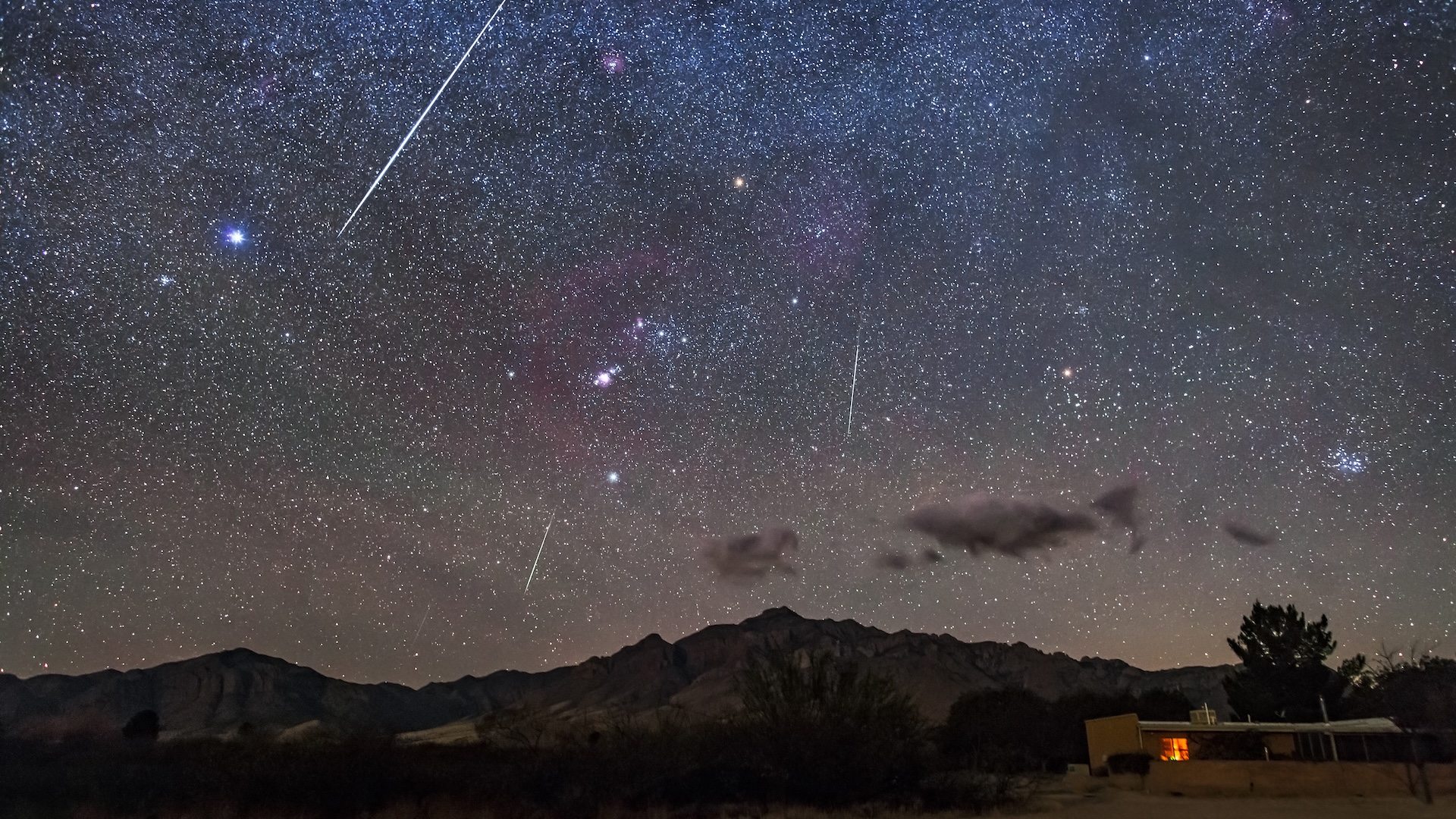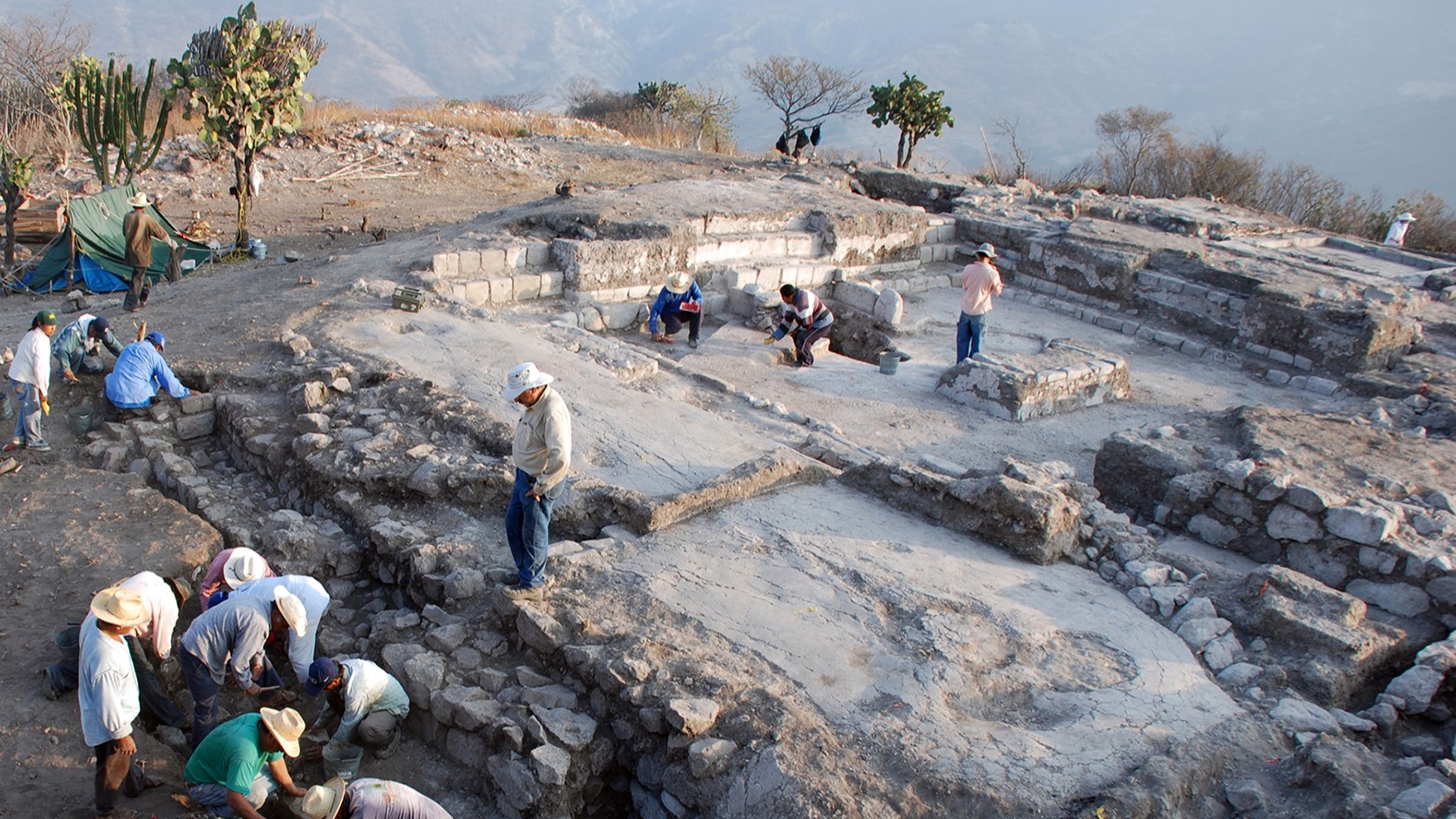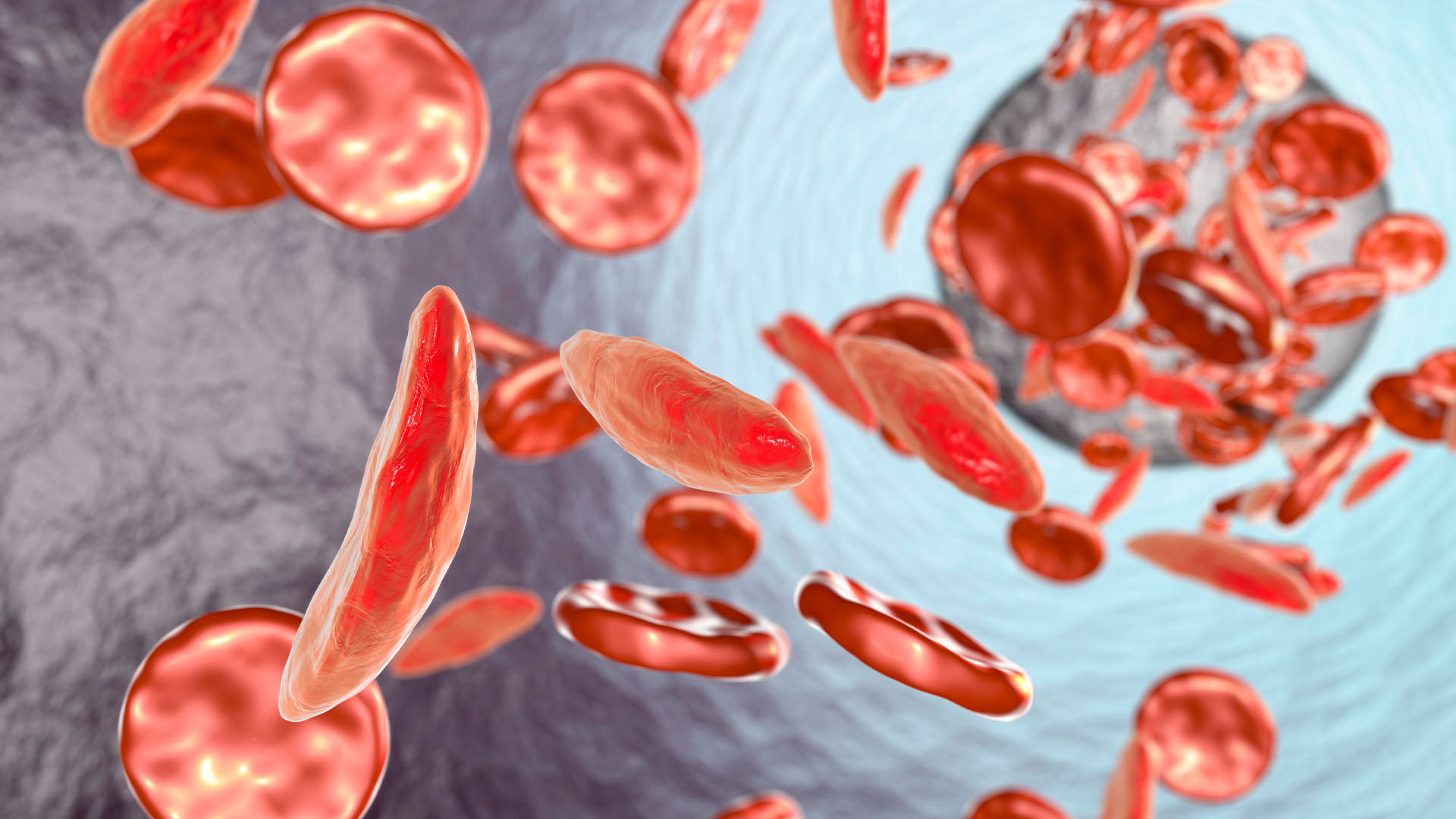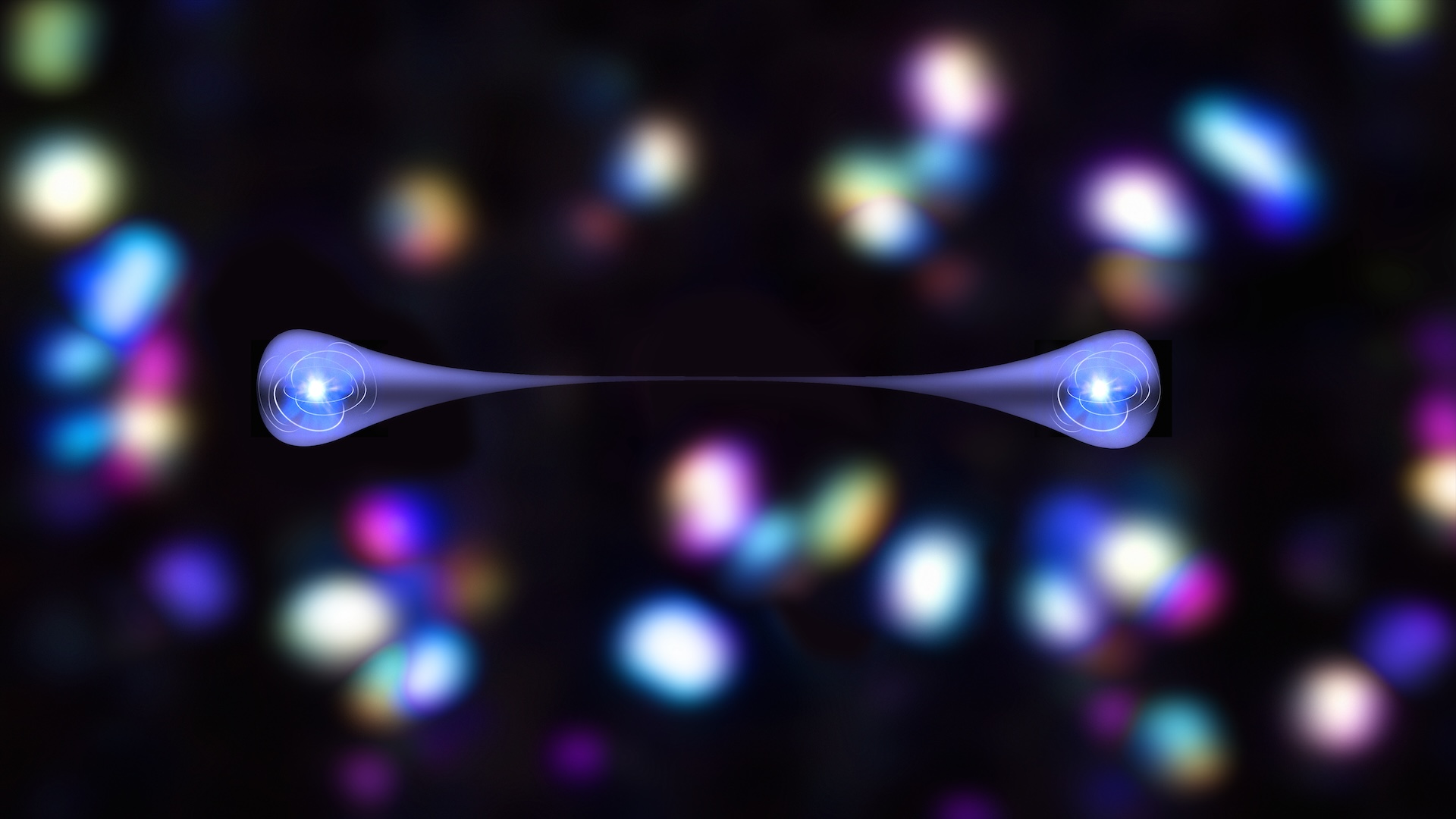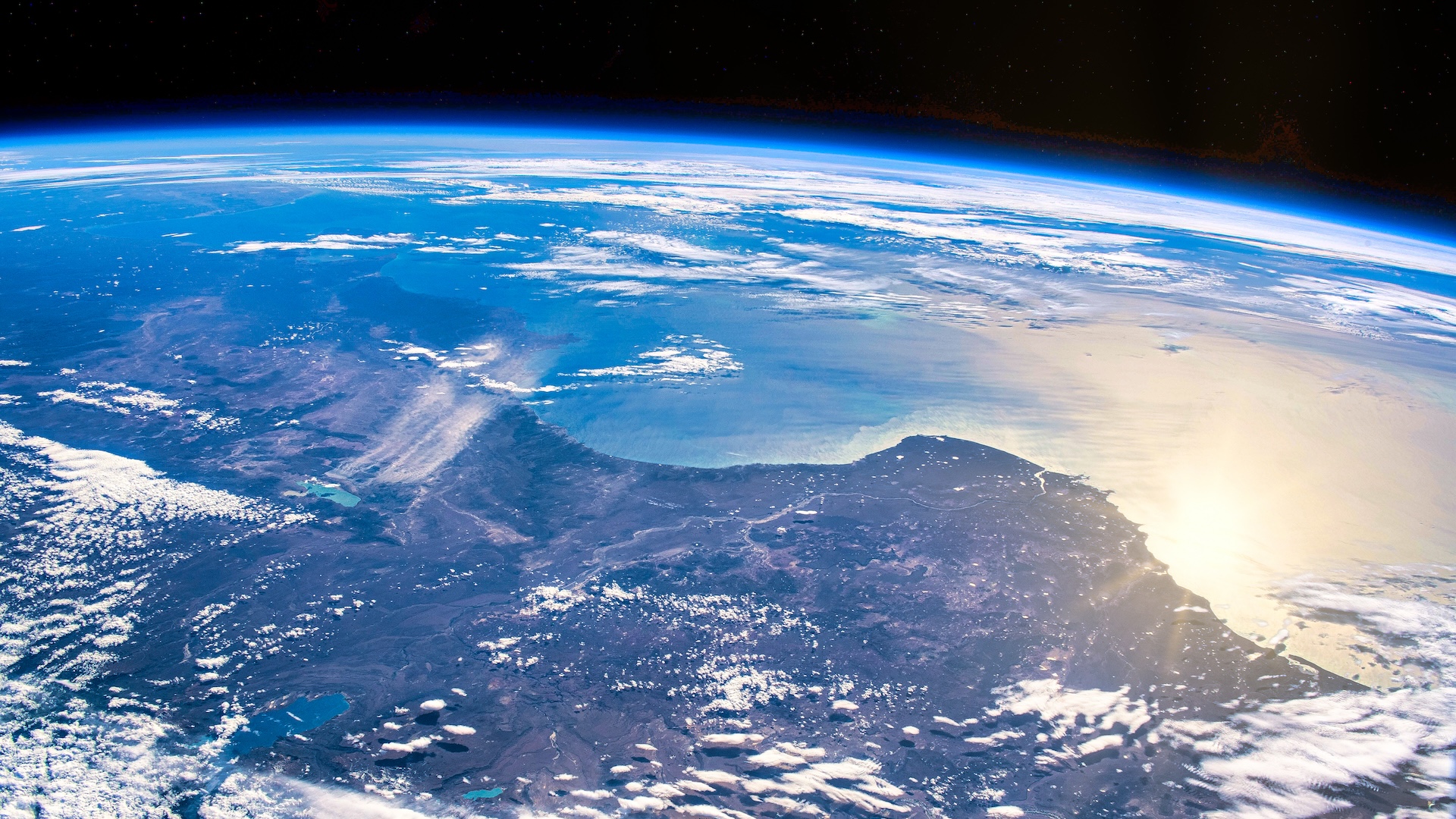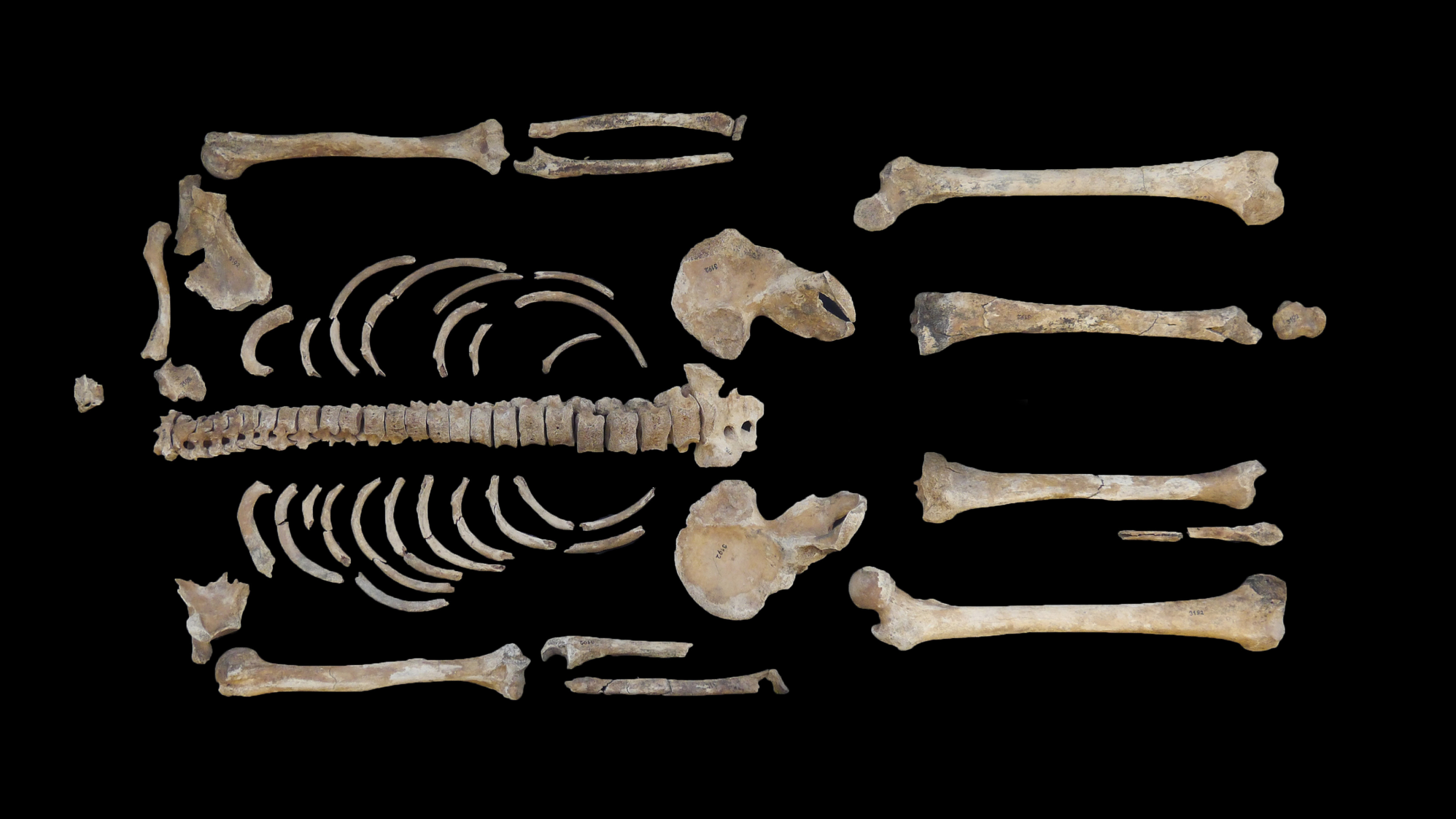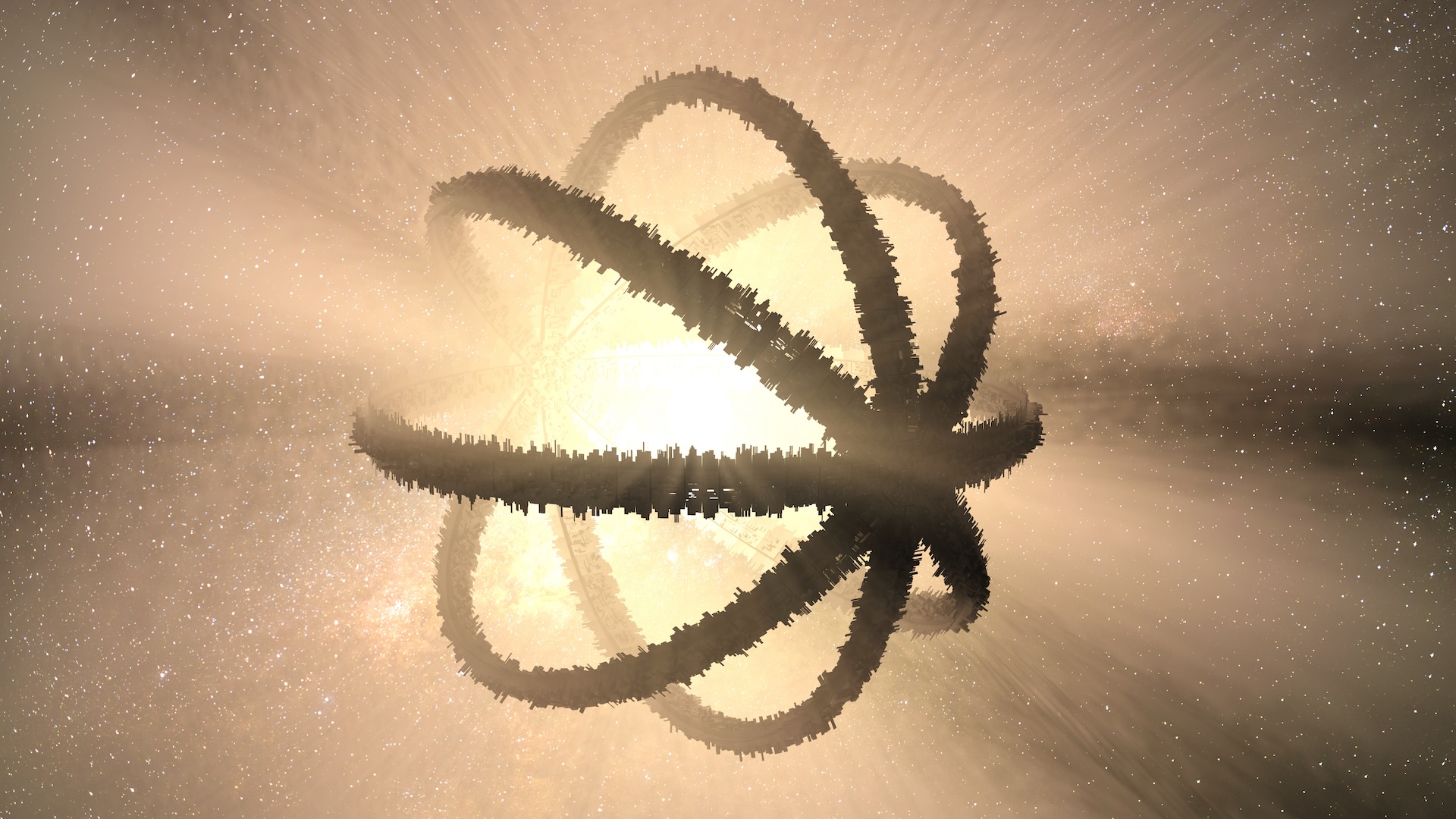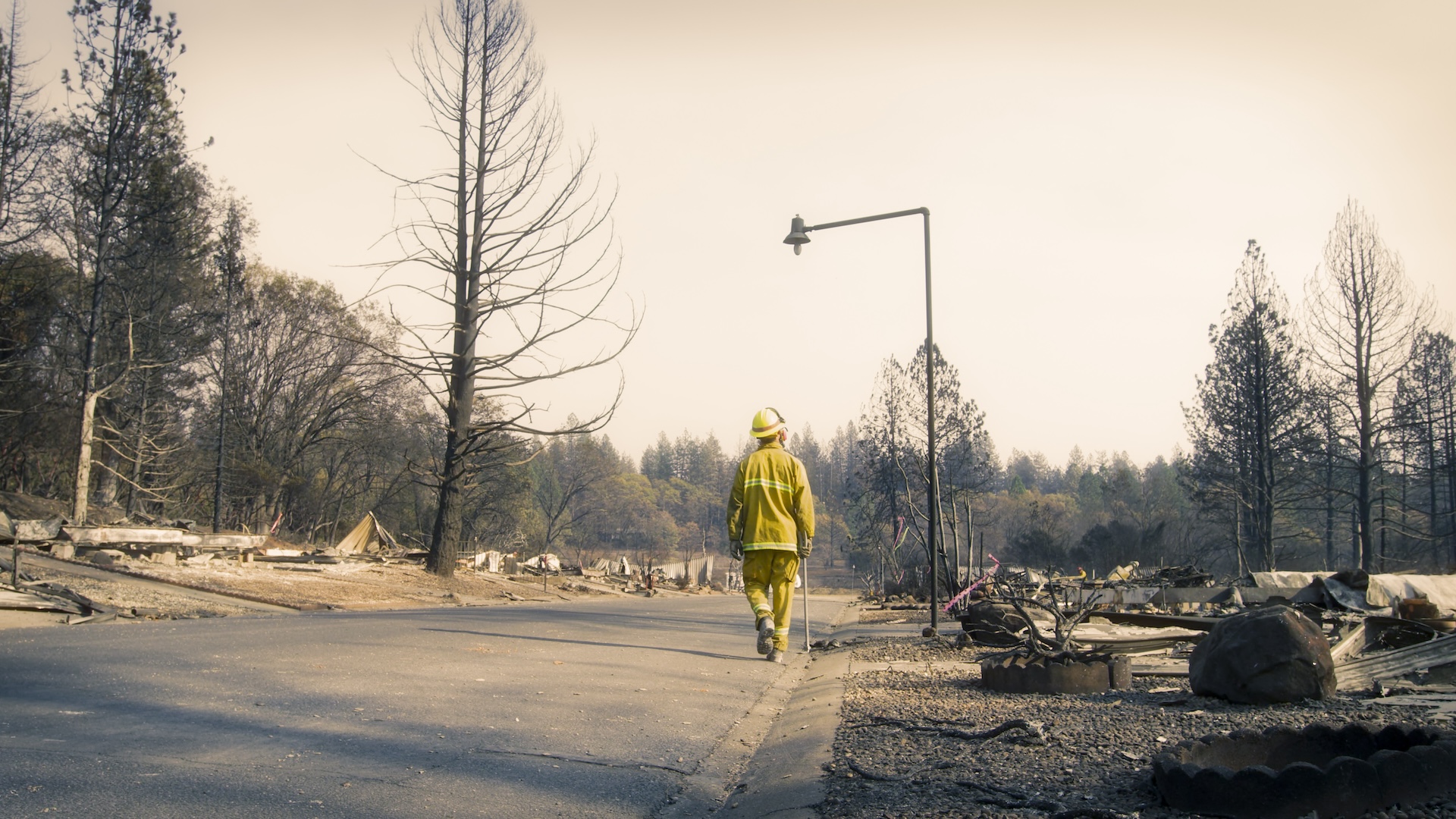'That's Zero Folks!': Asteroid 2024 YR4 is no longer a hazard
The likelihood of asteroid 2024 YR4 hitting Earth in 2032 rose and fell last week. NASA's impact odds are now so slim that the asteroid is no longer a hazard on the Torino asteroid scale.
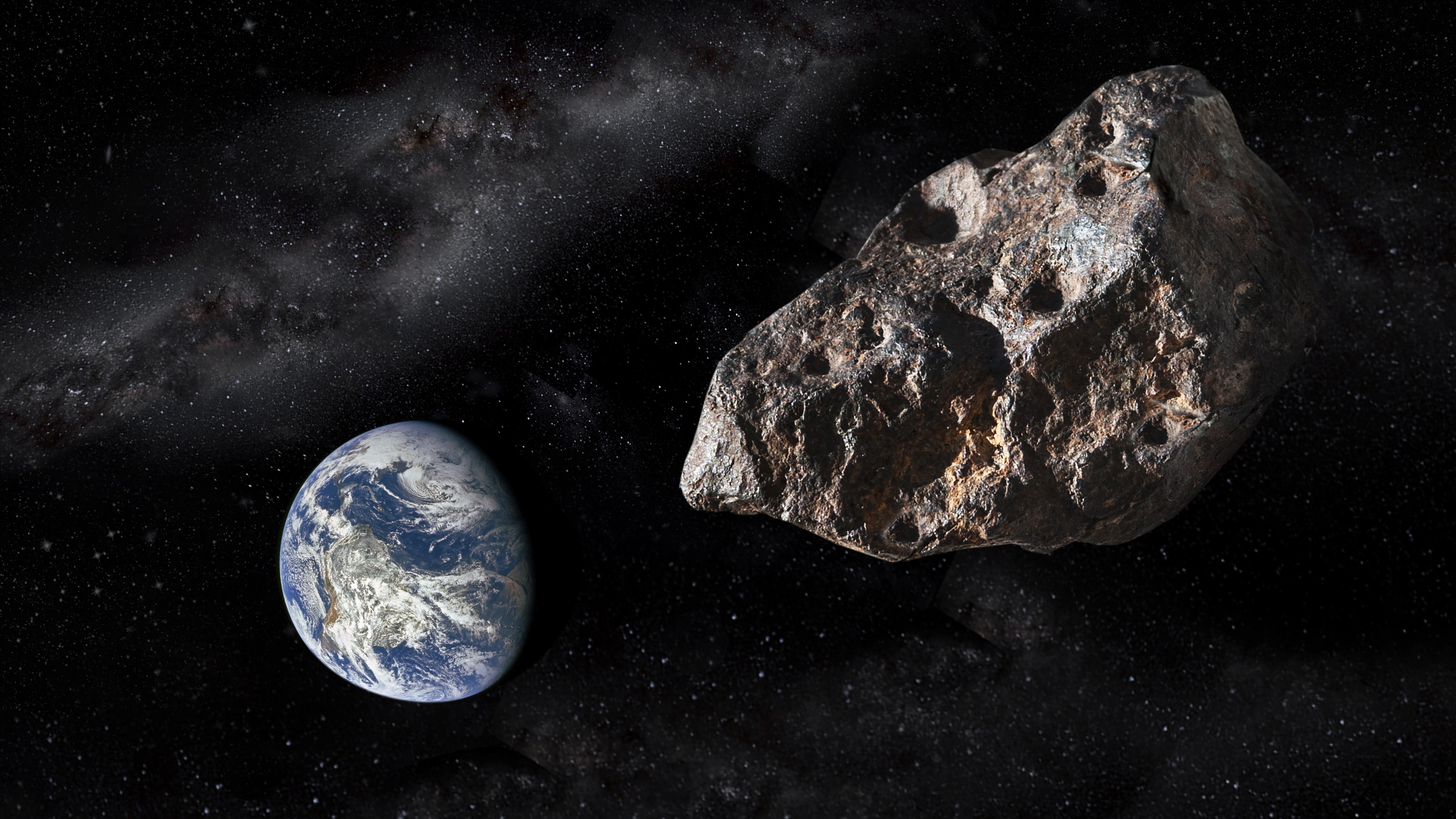
A record-breaking asteroid with the potential to wipe out a city in 2032 is officially no longer a hazard, according to the latest NASA data.
Last week, NASA increased the likelihood of impact from asteroid 2024 YR4 to 1 in 32, or 3.1%, up from 1.2% at the beginning of February. 2024 YR4 is big enough to wipe out a major city, and with a 3.1% chance of impact, this asteroid had the highest impact probability NASA has ever recorded for a space object of 2024 YR4's size or larger. Humanity understandably took notice, but they needn't have worried.
The chances of impact soon fell as the space agency learned more about 2024 YR4's trajectory. By Friday (Feb. 21), 2024 YR4 had an impact probability of 1 in 360 or 0.28%, and the odds have continued to lengthen over the weekend.
At the time of writing on Monday (Feb. 24), the odds are 1 in 20,000, or 0.005%, according to NASA's Center for Near Earth Object Studies. The latest shift is significant because now that the odds have dropped below 1 in 1,000, NASA has downgraded the threat posed by 2024 YR4 to the lowest level possible (Level 0 on the Torino Impact Hazard Scale).
This latest reassignment was well predicted. Live Science previously reported that the most likely scenario has always been that 2024 YR4 will miss us on its closest approach to Earth on Dec. 22, 2032.
Astronomers discovered 2024 YR4 in December last year, hence the 2024 in its name. The asteroid is around 180 feet (55 meters) in diameter, so about as wide as the leaning tower of Pisa is tall. If 2024 YR4 were to hit Earth in 7 years time, it would release around 8 megatons of energy — upwards of 500 times more energy than the atomic bomb that destroyed Hiroshima.
Sign up for the Live Science daily newsletter now
Get the world’s most fascinating discoveries delivered straight to your inbox.
Astronomers use the Torino scale to categorize the risk posed by asteroids and comets. When 2024 YR4's impact odds rose above 1% in January, the asteroid went to level 3 on the Torino scale, meaning it was capable of "localized destruction" and merited attention, according to the scale. 2024 YR4 dropped down to Level 1 (no unusual level of danger) towards the end of last week as the odds fell below 1%. Now, with the latest drop, 2024 YR4 falls to the bottom of the scale.
"Asteroid 2024 YR4 has now been reassigned to Torino Scale Level Zero (the level for "No Hazard") as additional tracking of its orbital path reduces its possibility of intersecting the Earth to below the 1-in-1000 threshold established for downgrading to Level 0," Richard Binzel, the inventor of the Torino scale and a professor of planetary sciences at MIT, told Live Science in an email.
The Torino scale is based on both the consequences of a potential impact — determined by the asteroid's size — and the likelihood of an impact. Binzel noted that odds of less than 1 in 1,000 is the Level 0 threshold for any object smaller than 100 m (330 feet), which is the case for the estimated 55-meter-wide 2024 YR4.
"The NASA JPL Center for Near-Earth Object Studies now lists the 2024 YR4 probability as 0.00005 (0.005 percent) or 1-in-20,000 for its passage by Earth in 2032," Binzel said. "That's Zero Folks!"
Following the space rock's demotion, there are currently no known asteroids with a threat level above zero.

Patrick Pester is the trending news writer at Live Science. His work has appeared on other science websites, such as BBC Science Focus and Scientific American. Patrick retrained as a journalist after spending his early career working in zoos and wildlife conservation. He was awarded the Master's Excellence Scholarship to study at Cardiff University where he completed a master's degree in international journalism. He also has a second master's degree in biodiversity, evolution and conservation in action from Middlesex University London. When he isn't writing news, Patrick investigates the sale of human remains.
You must confirm your public display name before commenting
Please logout and then login again, you will then be prompted to enter your display name.
